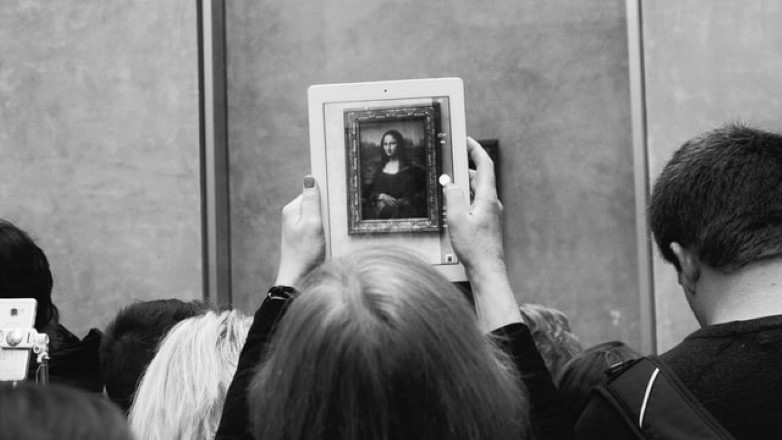Are NFTs the next step for patent management and commercialisation?
It was recently announced that IBM and IPwe have partnered to trial representing patents as non-fungible tokens (NFTs) as an easier way to sell, trade, or license patents. The aim is to move intellectual property assets onto a digital, centralised and secure blockchain network, enabling easier commercialisation of patents, especially for small or medium enterprises (SMEs). Smart contracts can be attached to NFTs so terms of use and ownership can be outlined and agreed upon without incurring as many legal fees as a traditional IP transfer.
What are NFTs?
Non-fungible tokens are unique digital assets that certify ownership of virtual or physical assets. NFTs utilise blockchain technology to create a record that cannot be forged or duplicated, effectively protecting the legitimacy of ownership of this digital record.
Why are NFTs significant?
This year, NFTs have garnered a lot of media attention due to the staggering amount of money being exchanged for these intangible tokens. “On 19 February, an animated Gif of Nyan Cat -a 2011 meme of a flying pop-tart cat – sold for more than $500,000”. Musicians, artists and celebrities have also sold NFTs of their work for eye-watering amounts. Twitter Founder and CEO, Jack Dorsey, sold the first-ever tweet, a short message merely reading “just setting up my twttr” from 2006, for $2.9 million. This amount was later given to the charity GiveDirectly, which specialises in providing financial resources to the poor and its COVID-19 relief programs in Africa. The renowned auction house, Christie’s, holds the current record of the most expensive NFT ever sold. A collection of artworks by Beeple auctioned for $69.3 million on March 11th 2021.
What does this mean for patent portfolios?
NFTs have the potential to provide a quick and relatively cheap way to commercialise IP if the terms can be agreed by the seller and buyer through the embedded digital contract.
However, purchasing the NFT of a patent doesn’t guarantee the transfer of ownership or rights of the original patent. For example, an NFT can be created for Leonardo da Vinci’s Mona Lisa, but it doesn’t mean the owner of the NFT has the right to walk into the Louvre and take the painting off the wall. Therefore, there is still a need for negotiation between IP sellers and buyers, which will likely still require the services of lawyers and intermediaries. Although, the contract flexibility means there may be new possibilities for commercialisation and especially brokering licensing or patent pooling agreements.
IBM and IPwe expect that representing patents as NFTs will provide a new way of generating a patent portfolio analysis, especially in terms of valuation. Tokenisation could simplify intangible asset valuation as part of an overall organisation’s worth. This is believed to help SMEs secure funding, as they could more easily leverage the previously undisclosed value of their patent portfolios.
Need a patent search and analysis solution today?
Try PatBase! PatBase is a leading global patent search tool, trusted by many multinational corporations, universities, law firms and SMEs. New patent publications and IP data from around the world are uploaded to PatBase daily. Monitor changes in a technology landscape or competitor’s portfolio with Minesoft Alerts and run instantaneous analytics on an unlimited number of patent records using the powerful PatBase Analytics.
Created in partnership between Minesoft and RWS, PatBase is an all-in-one platform for researching, organising and sharing innovation insights found in patent documents. Find out more about PatBase and register for a two-week free trial on Minesoft’s website.

